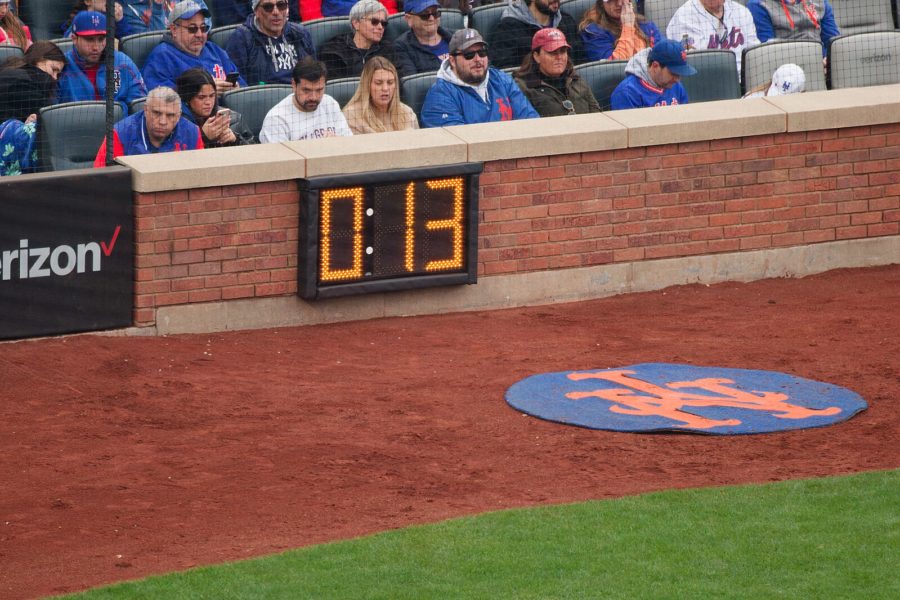Adapting to the pitch clock era
Welcome to the modern MLB, where pitchers are now timed in between pitches in order to speed up the game.
The sport of baseball has been slowly dying among this generation, so the MLB implemented a pitch clock to keep fans more engaged.
Last season’s World Series saw the third-lowest average number of viewers per game since viewership began being tracked in the 1968 season. The only two World Series’ with less viewership than last year were the two years prior.
Casey Leavitt-McGee, a student and baseball player at Skyline College, avidly watches the MLB and was aware of the pitch clock situation before the season.
“Before the season started, I thought the pitch clock wasn’t the worst idea,” Leavitt-McGee said. “I think baseball is trying to get some viewership.”
It is evident that the love for baseball among Americans is shrinking. Baseball is objectively not as fast-paced as other beloved sports like football and basketball. There is a lot of standing around that takes place, and when people watch sports, they are in it for the action.
Now that we have seen the pitch clock in action across the MLB, it has been well-received by fans for the most part.
Opening Day, which was held on March 30, drew in 172 million minutes of total viewership, which was up 42% from last year’s 121 million, according to SportsPro. Through the opening week of this season, the games were marked at an average of two hours and 38 minutes in length, which is about a half-hour decrease from last year.
Another student and baseball player at Skyline College, Nigel Derego, thinks the pitch clock has been beneficial for the game of baseball.
“All my friends who don’t play baseball always say how boring it is, so I’ve always thought it was a good idea because more people watching the sport is better for the sport,” Derego said.
The clear, faster pace of these games has been nothing but a positive addition to many baseball-watchers around the country. However, some die-hard fans aren’t quite on board with the changes to the game now that they have seen it in real time.
“I think there are little parts of baseball that are intrinsic to the game,” Leavitt-McGee said. “Pitchers shouldn’t be sped up in times where there are runners on base, they need to take a breath, they need to talk to their catcher, step off, look at their infielders, check the situation before they make a pitch. I think it’s putting more pressure on pitchers.”
The idea of switching up the rules of an iconic sport that have worked for so many years can seem unnecessary to some fans. That is the main reason people are opposed to this idea of timing the pitcher. However, there are more reasons why this idea could be detrimental to the game.
“My prediction is that you’re gonna see a lot more arm injuries and weird arm injuries as guys are being sped up,” Leavitt-McGee said. “They have to throw more pitches in a shorter amount of time.”
Regardless of all of these different opinions and perspectives on the new pitch clock, it seems as if it’s here to stay. The MLB favors it simply because it racks in more viewers and keeps their games more engaging.
Whether you are a fan of the changes or not, this is the new version of baseball, so we all have to get used to it.








